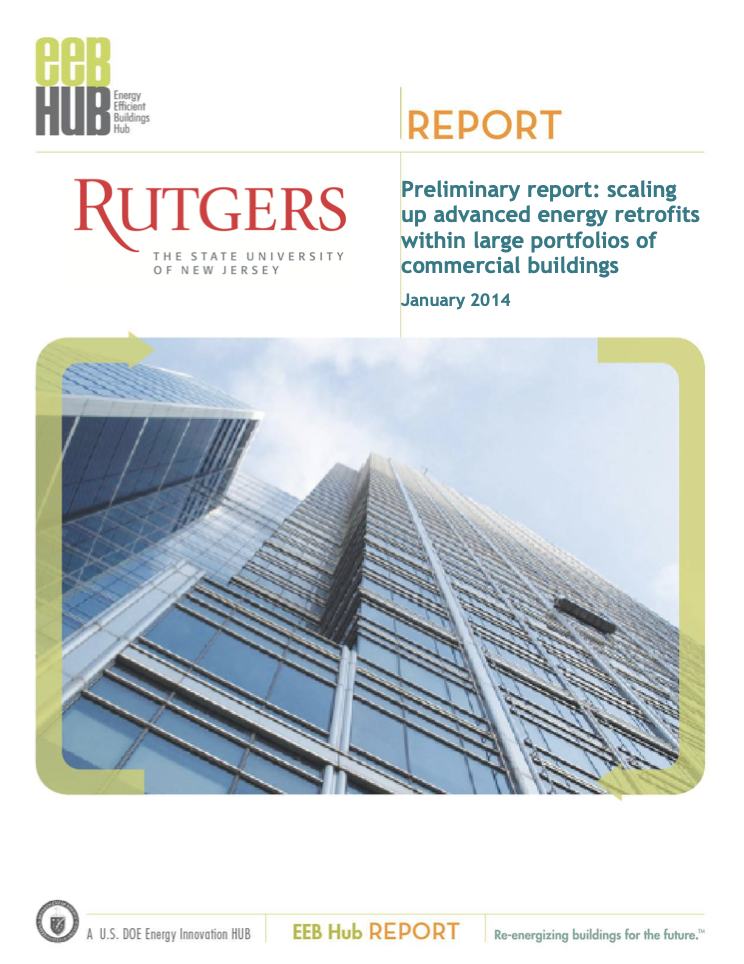Buildings account for significant resource consumption and existing buildings are particularly problematic given their long lifespan and slow turnover of stock. This paper investigates the relative efficacy of different approaches to achieving rapid adoption of energy efficiency measures among owners of large portfolios of buildings who, by virtue of their large holdings, can have a wider impact on the building stock than owners of single buildings. In this analysis, we draw on literature on organizations, innovation and supply chain management to compare owner types across a range of scales, and explore various approaches, challenges and portfolio strategies. We find that richer organizations are both more systematic and more opportunistic in pursuing energy efficiency, jurisdiction-based influences can be persuasive, human resource management issues are central to successful scale-up within organizations, and symbolic arguments for energy efficiency carry little weight outside of the governmental and non-profit sectors.
Among the owner types compared here, we give particular attention to Real Estate Investment Trusts (REITs), and argue that they face specific challenges in scaling-up energy efficiency and implementing an Energy Management System (EnMS). In particular, REITs face unique principal-agent challenges, occupant behavior and usability challenges, and complex organizational structures. Within this market segment, we find that many existing policies and programs that aim to help owners develop strategies for implementing an organization-wide EnMS do not appropriately target tenanted organizations. In addition, there are underexplored opportunities to connect resiliency to energy efficiency.
